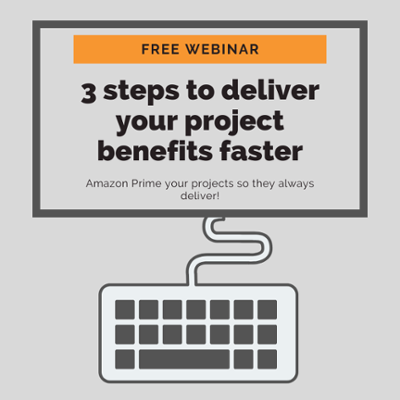When starting a new project, how do you choose which methodology to use? The best approach is clearly key to the success of the project, so how do you know which is right?
Every project goes through various stages in its development, and these stages will vary depending on the type and the complexity of the project. A completion of a project throughout all its stages is known as the project lifecycle.
The project lifecycle is a skeleton framework you can use to shape the stages of the project and the order in which you carry it out.
In project management, there are many approaches you can follow to complete the project lifecycle; this is also known as the project management methodology. In this blogpost, we’ll briefly explore two very common methodologies – Waterfall and Agile.
Waterfall is a project management methodology in which the project stages are performed in a logical, linear sequence, one after the other through to project end. According to the APM, at the most basic level, a Waterfall method can look like this:
- Conception – In this project stage you develop the initial project idea and decide whether the project is viable and worth investing in.
- Definition – Here you decide on the project deliverables and benefits, then plan out how the work is to be carried out to ensure all deliverables are produced and all benefits are realised.
- Development – the project plan is put into action. You may decide to break down the project into stages and phases which will require a review and sign off before progressing to the next phase.
- Handover and closure – the project deliverables are handed over to the business to incorporate into their normal operations.
- Benefits realisation – where appropriate, a project may include a benefits realisation phase to make sure the project delivered all the benefits it purported to.
Unlike Waterfall, Agile project management breaks the project up into phases (also known as iterations) and during each iteration, the entire project lifecycle is delivered. The main reason for this is to release project deliverables and benefits throughout the project, and not only at the end as with the Waterfall method.
Agile project management is frequently adopted in software development, to release software quickly and predictably at the end of a set iteration period. This allows for rapid feedback and correction to fix errors or add features to a software solution while it is still in development.
The most common steps to an Agile approach are:
- Discovery – the objective of this phase is to set out the project goal. This will include sessions with the entire project team and sometimes a product owner to ensure shared understanding of what the product is set to achieve.
- The Product Backlog – During Discovery, the team create a high-level wish list of all the features that would be useful to the end users. With guidance from the client, the features are prioritised and a plan for delivery is created. The priority list focuses the project team’s efforts during each iteration.
- Iterations – The team develops and delivers or releases features through a series of set time periods called Sprints. These are fixed durations of one to four weeks (depending on the project size and complexity) each delivering a subset of the overall product backlog.
- Continuing the Cycle – Subsequent project Sprints are run with the aim of delivering the remaining product features and incorporating feedback and/or improvements from previous Sprints.
In future posts we’ll explore these methodologies and look at the advantages and disadvantages of both. There is also a school of thought which allows for the two project methodologies to be blended together in a “Wagile” approach. You can learn more about this here. For more information on project management methodologies contact: EstherM@NineFeetTall.com


